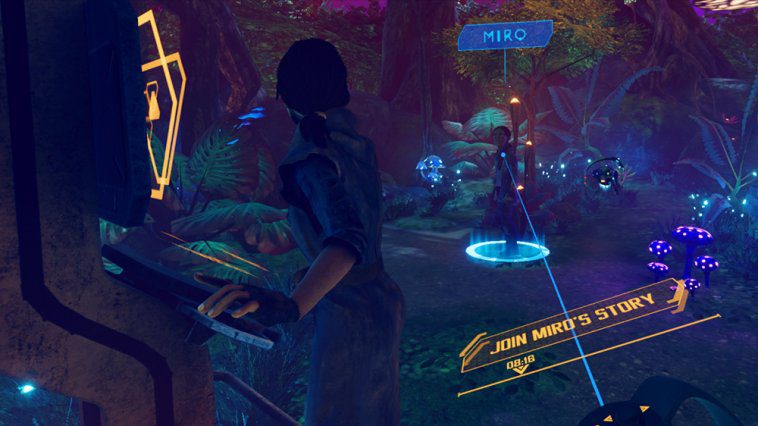Since the dawn of digital entertainment, developers have been striving to push the boundaries of what is possible in the realm of storytelling, utilizing new tools provided by innovative new technology such as VR. The recently released Viveport experience Eleven Eleven presents a bold new experiment in narrative – allowing players to experience a vibrant and layered story from different perspectives in order to piece together what exactly happened in the last minutes of a bustling planet before a terrible cataclysm. We sat down with the creative team to find out what went into crafting this compelling sci-fi yarn.
Interview by Nathan Allen Ortega
Tell us a bit about yourself and the development team
The development team is comprised of three creators, including myself – Mehrad Noori, Director of Global Programming, NBCUniversal International Networks, creator and executive producer of Eleven Eleven; Michael Salmon – Head of Immersive Technologies, NBCUniversal International, creator and producer of Eleven Eleven, and multiple AWGIE award-winning writer Lucas Taylor. It was produced in association with Academy Award®-winning digital production studio, Digital Domain, with original music composed by Bleeding Fingers – the award-winning custom score production company co-founded by Han Zimmer.
How did the idea behind Eleven Eleven come about?
Our goal with Eleven Eleven was to create a new format for storytelling that was built from the ground up for VR and AR.
That meant taking a step back from traditional structures found in film and television and starting with a blank slate to make unbiased decisions that would make for the best experience in this medium. Rather than adapting familiar formats like episodic series, we focused on creating a new structure that takes full advantage of the sense of presence and perspective that is so unique to VR and AR.
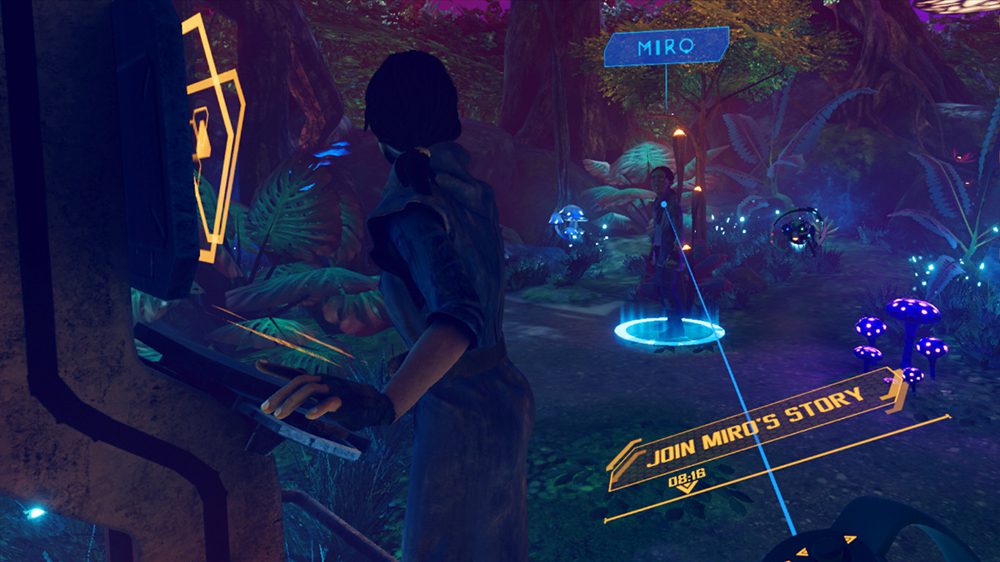
It became clear early on that this tangible feeling of time and space lent itself to creating a real-time experience with multiple characters connected by a common timeline and environment, as we do in the real world. So we designed the format around this idea and created what we call a “multilinear narrative,” with several stories playing out simultaneously and culminating in a global event that ties them all together. In this case we focused on an extinction-level event that takes place at the end of our story. The urgency of the clock ticking down eleven minutes and eleven seconds to the end of the world inherently links the characters together as they face what could be their final moments.
What would you say are the major creative influences on the story and how you tell it in VR?
There are many parallels between immersive technology and immersive theater, so we drew inspiration from productions like Sleep No More and Secret Cinema, which feature multiple storylines running simultaneously for audiences to follow. We wanted our experience to play out in the same way, with our audience and our characters sharing the same environment while the clock ticks down in real-time, without cuts or edits.
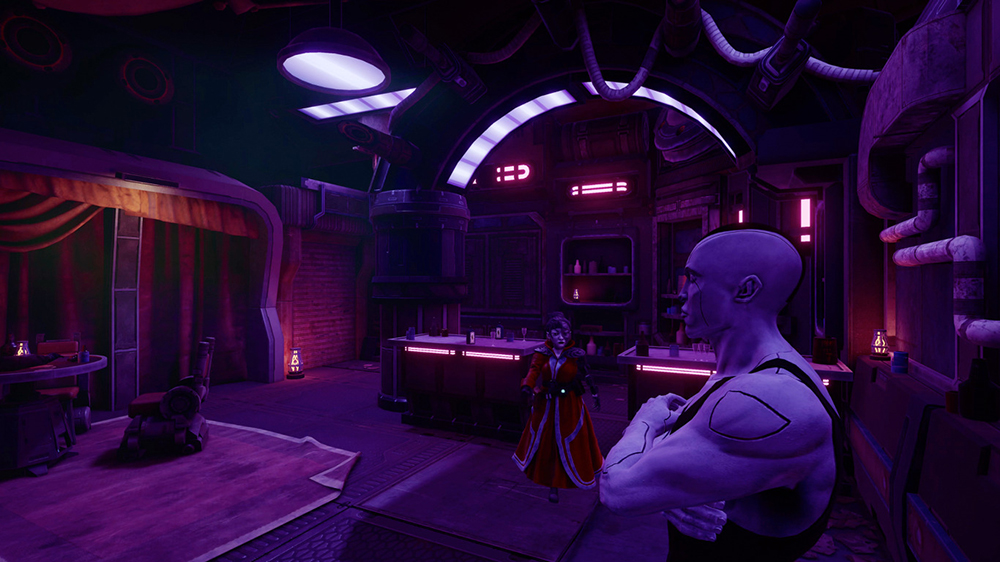
However, unlike immersive theatre, VR and AR gave us an additional tool not found in the real world – the ability to manipulate time and space. In our virtual world we can rewind and fast-forward time to see things again from new vantage points. We can teleport long distances to follow the action instantaneously, and we can change the scale of our environment to gain perspectives never seen before.
Tell us a bit about your thoughts on the future of digital storytelling, and the role VR can play in that future
I often get asked “Is VR the future of storytelling?” My answer is always that VR is a future of storytelling. I don’t believe that it will ever replace film or television entirely because consumers still want the choice of a passive viewing experience. VR is a medium that inherently requires participation from the viewer. With Eleven Eleven, that participation revolves around the user’s perspective, i.e. how they choose to focus their attention. In the future we imagine you’ll be able to participate in the story itself and have agency in how it unfolds. With VR, since your field of view isn’t limited by a rectangular frame, there are opportunities to make this participation feel much more intuitive and “real” than film or TV, offering audiences a distinct alternative when they feel like taking a more active role in their experience.
Eleven Eleven weaves an interesting character ensemble story around the remaining minutes of a space station as it is blown to oblivion. How difficult was it to craft an intricate narrative where the player can experience each piece in whatever way they’d like?
The biggest challenge was timing. Because our experience takes place in real-time, without any cuts, we weren’t able to use traditional editing tricks to cheat time. The narrative braids multiple storylines together across a common timeline, so any change to one character’s story could have a knock-on effect on one, or all, of the others. It took many cycles of scriptwriting and pre-visualization, finessing the timings of both each time, until we had a set of tightly woven stories with no downtime for any of the characters.
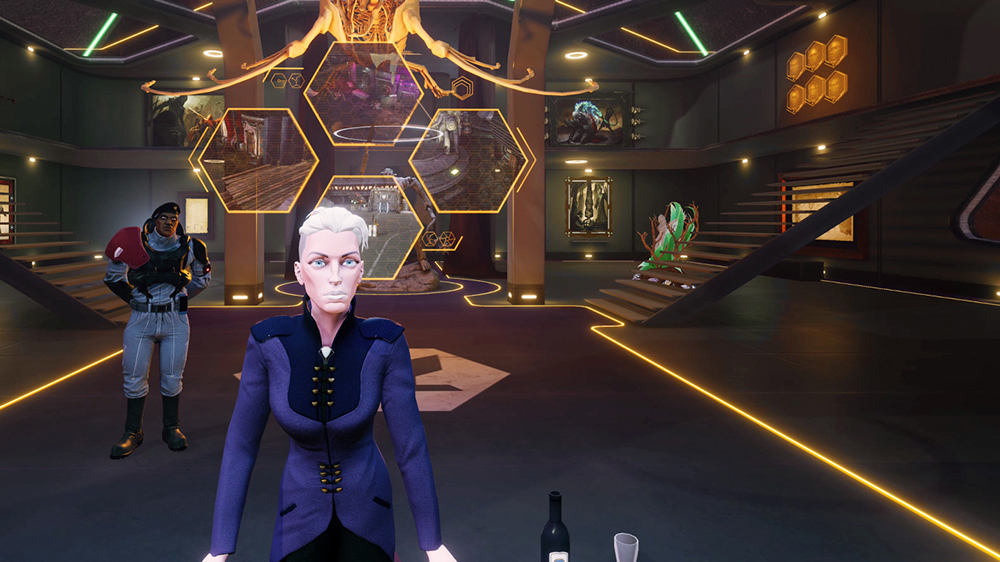
Were there any ideas or moments that wound up on the cutting room floor that you wished could’ve made it into the final experience?
Tons! We had no shortage of ideas, from more storylines to additional features. But we soon realized the more we put in, the more potential there was to distract the user from the story. As a new format, we had to be judicious not to overwhelm the user with too many characters or tools, and focus on making the tightest package that would offer the most enjoyable experience possible.
Eleven Eleven was exhibited at this year’s SXSW Virtual Cinema showcase. Tell us about what it was like getting players facetime with this experience in a film festival environment.
As the world premiere, SXSW was the first time we got to share Eleven Eleven with the public, and it was really amazing to see how well they received it. We were particularly interested to see how users chose to spend their time in the environment. The experience features three viewing modes (Story Mode, Explore Mode and Goddess Mode), each offering different perspectives and varying levels of passive versus active viewing. We were excited to see that each user managed these tools differently: some chose to stay in the default setting of “Story Mode,” and stick with one character for all of their allotted time. Others decided to branch off in “Explore Mode,” free-roaming the environment to see as many characters and locations as they could before their time ran out. While some used “Goddess Mode,” shrinking the scale of the environment, and watched everything play out in miniature below them. The whole point of the format is to give the audience the choice in how they view the action, so we were thrilled to see each user craft their own unique experience.
The universe of Eleven Eleven is rich and complex. How important was it to craft a vibrant sci-fi universe in which to tell your story?
One of our main goals with Eleven Eleven was to place users in an environment that they could discover on their own. We had to design the ability to explore this world, but we also had to make sure that it was worth exploring. So, for us, world-building meant literally building a world that was rich enough to entice users to want to poke around and see what they can find. We laced the environment with ancillary characters, as well as objects and audio cues that give the user clues about the broader story. Enter a room and you might find a radio that’s playing a pirate broadcast from somewhere else on the planet. Or walk around our villain’s quarters to examine her collection of art and artifacts that reveal stories about the nations of Kairos Linea. These Easter eggs help paint a comprehensive picture of the world we created and how its inhabitants arrived at this pivotal point in their history.
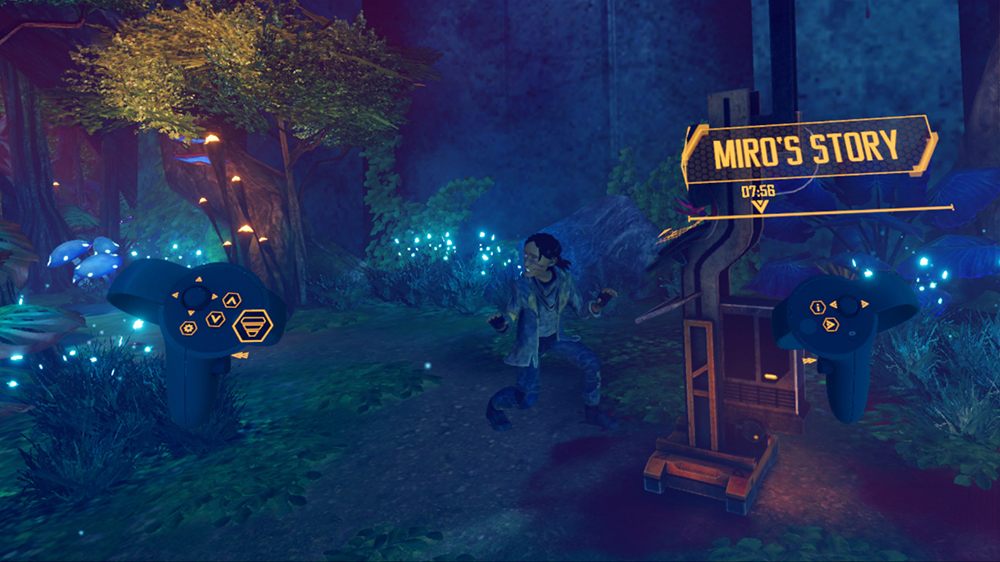
Are there any more planned adventures in the Eleven Eleven world?
While we would love to continue the stories we started in Eleven Eleven and hope to see more of this universe in the future, we have nothing to announce at this time.
Talk a bit about your experience working with Syfy to bring this interactive story to life
As NBCUniversal’s global, multiplatform media brand that gives science fiction fans of all kinds a universe to call home, SYFY is the perfect fit to present Eleven Eleven to connect with their sci-fi fans who we know will love this product.
How long did Eleven Eleven take to develop, and how big was the team throughout?
Eleven Eleven took over two years to develop from the initial idea, and the hard work and collaboration of over 100 talented artists and engineers.
What’s next for your team?
As you can imagine, our priority is the launch of Eleven Eleven. We’re really looking forward to seeing how audiences receive Eleven Eleven and what we can learn from their feedback. Beyond that, we are always exploring innovative opportunities for storytelling and delivering great content.
Sounds great! We can’t wait to see what you and the team come up with next. Thanks for chatting with us!
Eleven Eleven is now available on Viveport for Vive and Oculus Rift users. After you dive into this rich story experience, come chat about your theories and thoughts with other users in our Community Forums!
Website: LINK

